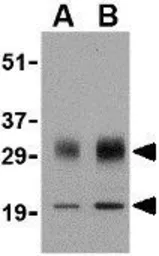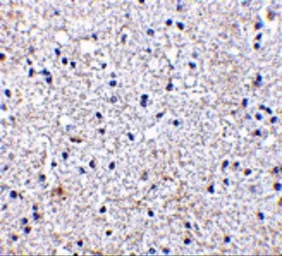SCO1 antibody
Cat. No. GTX85056
Cat. No. GTX85056
-
HostRabbit
-
ClonalityPolyclonal
-
IsotypeIgG
-
ApplicationsWB IHC-P ELISA
-
ReactivityHuman, Mouse, Rat


